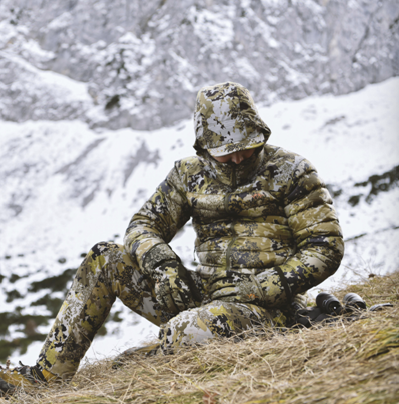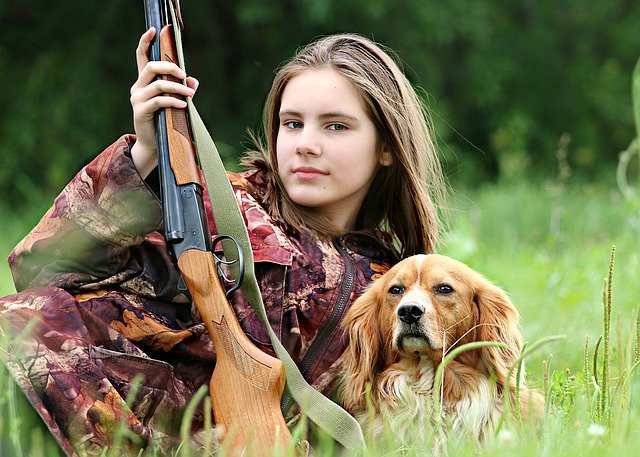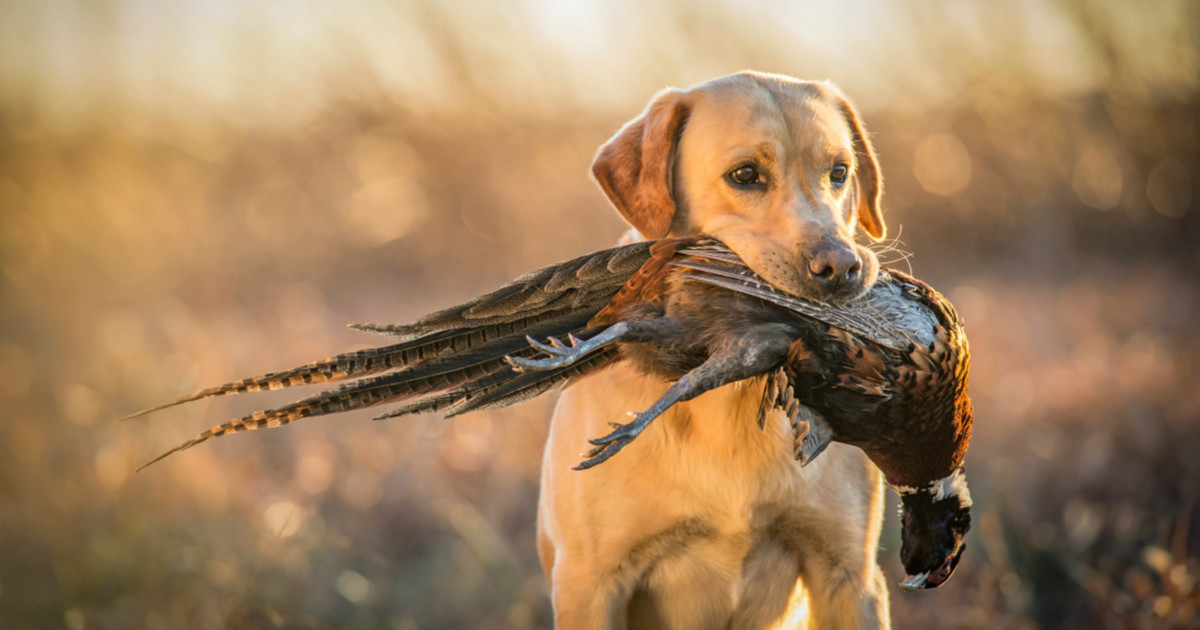
You might be interested in hunting privately owned land. If so, here are some tips to help you get permission. Here are some ways to hunt private land successfully. First, identify the parcels. Then follow the rules of the landowner. Second, follow the landowner's rules and third, succeed. This article will help you with all of these steps. You will be able hunt privately owned land by the end of this article.
Ask permission to hunt privately owned land
Before you hunt on private land, it is important that you contact the owner or manager of the land before you leave. It is best to contact them ahead of time, preferably before your hunt, so they have time to respond. You can leave a small token of appreciation for their time, too. You should dress appropriately for the hunt. You will get permission to hunt on landowners if you look clean. If you have children with you, bring them along as well, since their presence will increase your chances of getting permission.
After you contact the landowner, make an offer to help them with their property. You can do this by offering to repair fences, pick up trash, or even plant trees. Some hunters have secured permission to hunt on private land by doing tasks for ranchers such as watching cows. You can also offer to plant trees, pick rocks, or mark boundary lines. In return, they will be very grateful. If they decline your offer, get in touch with them. Be sure to respect their property boundaries.

Respect the landowner's rules
While you're on a hunting trip, be sure to respect the landowner's rules and the property boundaries. Ask permission before you go. Leave the area cleaner than it was when you arrived. Be sure to pick up any litter or debris that you may have left. Be sure to follow all parking or driving restrictions. Be sure to leave contact information, including the number of your vehicle, with the landowner. Before you go hunting, ensure you have a clear idea of where the property boundaries are.
Although it may be tempting just to shoot a few deer, it's best to get permission first. You could be fined or even sentenced for violating the rules of the landowner. You should always check in with the owner before you go hunting. It is also a good idea for you to introduce yourself to the landowner so that they are aware that you are a hunter.
Identifying parcels
When hunting private land, it is necessary to identify parcels before you enter them. The Game and Fish Department provides printable maps of public and PLOTS lands. PLOTS Guide viewer shows electronically published lands in dark orange crosshatch. It is simple to identify individual poster's parcels. Simply right click on a parcel and select "Identify poster" to see the poster's name and other information.
It is crucial for hunters to identify parcels of private land when hunting. Numerous state wildlife agencies provide information about access programs via their websites, in printed brochures, maps and guidebooks. North Dakota Game and Fish has map sheets that list available private land. Once you have identified your parcel, it is important to follow all rules and regulations so that you don't cross any property lines.

Your success is our success
Private land hunting requires you to be aware of a few things. It is important to identify the location of game. Public lands usually have a lot of open land, but it is likely that most of it will be heavily overhunted. Even land with lots of open space looks good from the air, but hunters may have used it before. Private land is far more appealing.
Asking colleagues and friends about private hunting land can be a good way to find it. People will listen to the recommendations of colleagues and friends. This means that if they know of an area of land where you would like to hunt, it is more likely they will let you hunt there. Respect the landowner as a condition of your land exchange. You may be able to repair fences and do other chores around the property.
FAQ
How much does it take to become a hunter
Hunting can be expensive depending on where you live.
You may not need to pay much to gain access to public lands in some areas.
Some states require permits or licenses before you may hunt.
Hunting prices vary depending on which type of firearm is used. A rifle typically costs more than an average shotgun.
A license costs between $10 and $50. Depending on the number of days you wish to hunt, you may need to purchase additional tags.
Certain species require a permit to hunt. The size of the animal that you want to hunt will determine how much money you have to spend.
Hunting wild turkeys requires a tag that costs up to $150.
Can I hunt without a permit?
Yes, hunting is legal without a license. But, you're breaking the law.
Fines and jail time could be possible.
Some states allow residents hunting without the need for a license. Check with your state department of natural resources to see if you are allowed to hunt without a license in your area.
What are the many benefits of hunting?
Hunting is an ancient practice that many cultures across the globe have continued to do. It was used to obtain food, clothing and shelter. People hunt today for sport and recreation, as well as for food and entertainment. Hunted meat is usually eaten right after it has been killed. Skin, fur, feathers and bones of hunted animals are often sold as trophies.
Hunting isn't just a way of eating; it's a lifestyle.
People who hunt have strong family ties and friendships because they spend time together. They share stories, memories and laughs around campfires or over meals.
Hunters love nature and wildlife which allows them to appreciate life on Earth.
They learn responsibility and respect for others when they take care of game animals.
Conservation makes hunters better citizens. They protect habitats as well as species. They are able to understand the amount of land and water that is necessary for survival.
Hunters form part of a wider community. Their families depend on them. They are there for each other. They support local business.
Hunters give back to society as well. Many hunters donate money to charities that assist children, the elderly, and veterans, among other causes.
Hunters can also donate their time to help people in need. For example, they might work with the Humane Society or the Red Cross.
Is hunting dangerous?
Yes, but it is possible to be injured during hunting.
There are many different ways you could injure yourself.
An example is poor shooting techniques. It is possible to shoot at the wrong angle and hit the wrong parts of the animal.
Another possibility is to be attacked by another pet.
Hunting accidents happen each year. Guns are responsible for many people being killed or seriously hurt.
Hunters should not load their guns before they reach their destination.
When they are out in the woods, they should make sure that their guns don't get loaded.
Keep your eyes open. Watch where you step and listen for sounds.
If you are not prepared to defend yourself, do not approach animals.
Never chase after prey. Instead, be patient and wait for prey to arrive.
Never take shortcuts. They could lead to injury and death.
Be careful around cliffs and other places where you cannot see what's below.
Avoid rivers and streams. These places can flood unexpectedly.
Avoid drinking alcohol while you are hunting. Alcohol affects your judgment and slows down reaction time.
Keep all safety equipment close to you. Always carry a first-aid kit and flashlight.
It is crucial to be able respond to an emergency. If you do not know how to perform CPR or administer first aid, find someone who knows how to help you.
Which part of the US is most popular for hunting?
Hunting is very popular in the Midwest where people are used relying on the land for their livelihood.
Because so many Northeasters have been brought up on hunting traditions, hunting is also very popular.
Hunters from all over the country come to these states for the big game animals.
Hunting is less prevalent in some areas of the country. This makes it less likely to support hunters.
How many people hunt rifles in the US
The number of hunters who use rifles as their primary weapon for hunting deer, elk, moose, etc., is estimated at around 2 million per year.
These hunters are mostly males, aged between 18-55 years old and live in rural areas.
They hunt solo, often using either a crossbow and a bow.
Hunters most commonly target whitetail deer (68 percent), followed by mule deer (13 percent) and black bears (10 percent).
While there aren't any national statistics on how many women hunt this sport, evidence indicates that the numbers of female hunters is increasing.
What should I know about hunting?
You must be able to understand the movements of an animal, its habits, and how you can avoid being hurt in order to hunt effectively.
It is important that you are familiar with your state's hunting laws. Some states allow certain types while others ban hunting altogether.
Other factors include the terrain and weather conditions as well.
It is important to decide whether you want to hunt solo or with others when you start this hobby.
Most hunters prefer hunting with others. Because this helps you stay focused on your goal. It is possible to miss your shot if all you do is stand by.
Hunting also requires a lot of preparation. To hunt at the best places, you will need to plan.
Prepare your weapons as well. Make sure to clean your guns before you leave the house and make sure they work properly.
Proper clothing is essential when hunting. You should dress for the weather and terrain.
Be sure to have plenty of water and food. In case of an emergency, make sure you have enough food and water.
You should never leave anything behind. It could be damaged or lost.
When you are ready to start hunting, you should choose a safe location that has no predators nearby.
Follow the guidelines set forth by the government. These regulations protect both wildlife, and humans.
Statistics
- - Percent of residents with paid hunting licenses: 0.7%- (stacker.com)
- Over the past 50 years, the number of hunting licenses in California has been on a rapid decline, falling 70% from more than 760,000 in the 1970s to under 268,000 in 2020—even as the state's population has skyrocketed, according to The Mercury News. (stacker.com)
- According to the Wildlife Restoration Act, passed in 1937, most of the state conservation efforts are funded through hunting and fishing license sales and firearms sales. (stacker.com)
- Indiana, for example, saw a 28% jump in turkey license sales during the first week of the season. (stacker.com)
External Links
How To
How do I teach my son to hunt?
This is a very common problem. This is a common problem for parents who want their children to learn how guns work, but do not know where they should start. Safety is the most important thing to remember when teaching your child how a gun works. You should make sure your child knows what to do in case of an accident. Make sure that he is familiar with the shooting rules. For example, you should teach him to always keep his finger off the trigger until ready to fire. If he accidentally fires on himself, you should immediately stop playing and take him to the emergency room.
Next, teach him how to use different types of weapons. This includes shotguns (pistols), rifles, and airguns. So that your child can pick the right weapon for him, he should be able to understand how they work. It is important to consider the size, weight of the weapon as well as its accuracy and power. A.22 caliber rifle would make a great starter rifle. The rifle is small enough to carry for beginners but strong enough to kill pests, such as squirrels. The 12 gauge shotgun on the other side is comfortable enough to carry for adults, but still has plenty of power to kill animal. Airguns can be operated quietly and easily, making them ideal for children learning to shoot.
You should now help your child practice shooting at targets. He should try out different positions and angles to see which works best for him. Make sure he is familiar with how to properly clean and maintain the weapon.
Once your child is proficient in the basics of hunting, you can teach them how to hunt. There are many ways to teach your child how to hunt. You can let your child go on a nature walk with you. Another option is to purchase a gun at a shop and teach your child how to load and unload it. Another option is to buy a dog to teach your child how to train it. Dogs are easy to train and they can follow your commands quickly. Dogs can be fun to play with and can even become your child's best friend.
If none of these methods appeals to you, then you can hire someone to teach your child how. However, this method is expensive and requires a lot of babysitting.